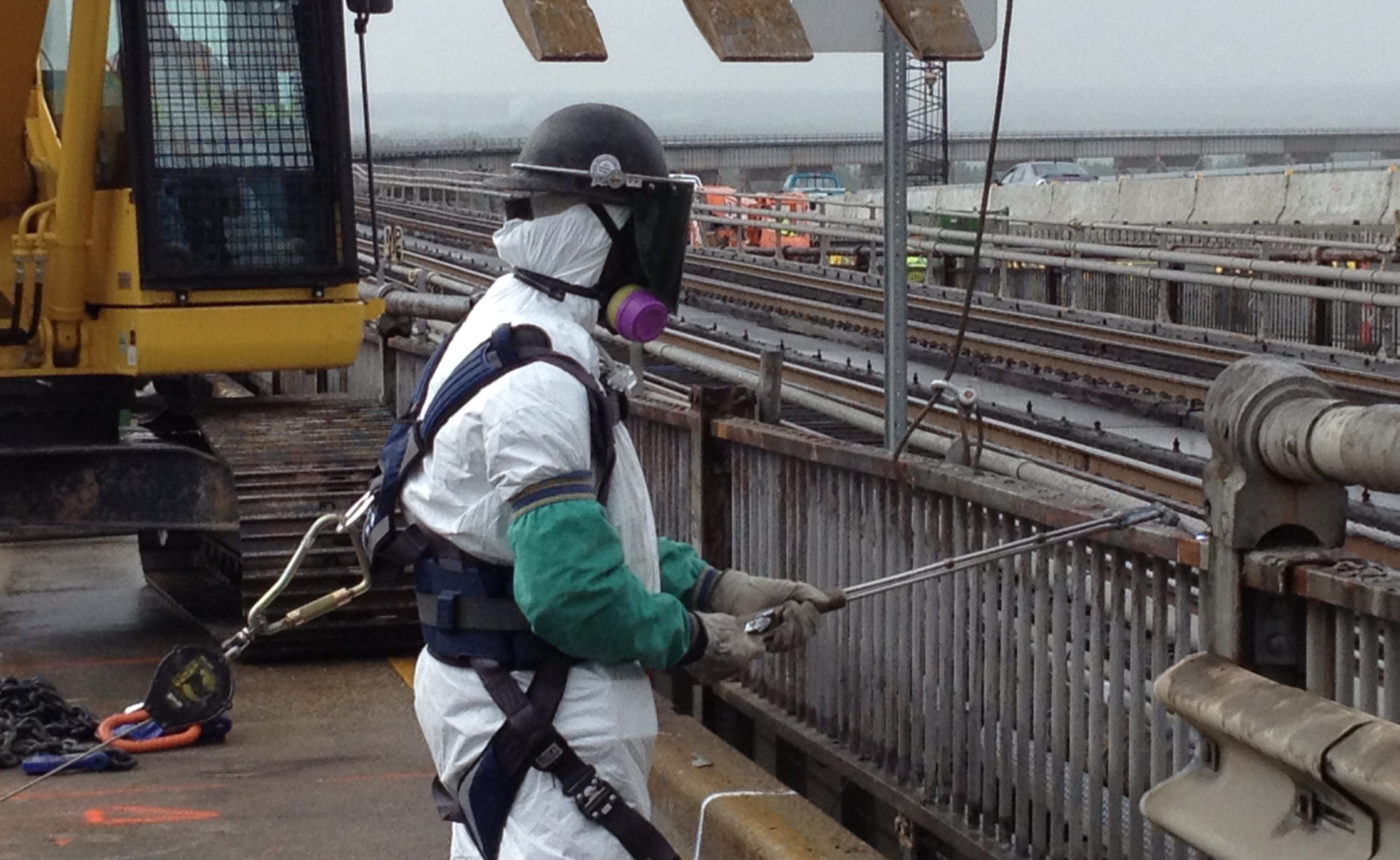 Kevin is serving as the Principal for KGC where he oversees all aspects of business and technical operations. For the past twenty-one years he has provided senior oversight and management of KGC’s most complex industrial hygiene and hazardous waste management projects. Kevin holds a Master of Science in Public Health (Specialty: Industrial Hygiene) from the Tulane School of Public Health and Tropical Medicine and is currently pursuing his Doctorate in Public Health (Specialty: Occupational Health) from the University of South Florida. He is a Certified Industrial Hygienist (CIH) and certified Project Management Professional (PMP)
Kevin is serving as the Principal for KGC where he oversees all aspects of business and technical operations. For the past twenty-one years he has provided senior oversight and management of KGC’s most complex industrial hygiene and hazardous waste management projects. Kevin holds a Master of Science in Public Health (Specialty: Industrial Hygiene) from the Tulane School of Public Health and Tropical Medicine and is currently pursuing his Doctorate in Public Health (Specialty: Occupational Health) from the University of South Florida. He is a Certified Industrial Hygienist (CIH) and certified Project Management Professional (PMP) Is it time to Abandon the Traditional PEL approach to occupation exposures?
Let’s face it, our regulatory process to protect the health of workers is broken. This point is so obvious it has become axiomatic in the industrial hygiene and safety profession. All regulated industries are aware of this problem. Former OSHA Administrator Dr. David Michaels sums this point up quite well in a 2016 interview:
Many of these PELs are dangerously out of date and do not adequately protect workers. Past efforts to update our PELs have largely been unsuccessful. Since 1971, OSHA has successfully established or updated PELs for only about 30 chemicals. 1
Dr. Michael’s comments should serve as a wake-up call.
We Have Been Here Before
In reading the various positions in favor and against OSHA’s recent construction beryllium rule, I felt a strange case of déjà vu overcome me. Every time a chemical agent is proposed for a new health standard, the slow, tedious path, in most cases, to a road to nowhere begins. A definition of insanity is doing the same thing over and over and expecting a different result. Well, that is what continues to happen with the OSHA rulemaking on chemical substances. OSHA follows a prescribed set of mandated procedures, and in the end, after considerable time and effort given by some well-educated professionals, the result has been little progress in updating the PELs. Although OSHA is aware of the problem, they nonetheless trudge through the regulatory quicksand at a snail’s pace unable to overcome this ineffectual process.
Rulemaking Process
Realizing changes need to be made, OSHA issued an RFI in 2014 to solicit feedback from interested parties on ways OSHA could improve the process—albeit within the prescribed regulatory framework. OSHA is not the sole party to blame for the current state of the PELs. There are many regulatory hurdles they must overcome.
Judging by the success OSHA has had to date following these procedures, there appears to be no easy fix, at least not on the regulatory side of the equation. Take, for example, the case of the formaldehyde standard. According to Randy Rabinowitz, a recognized legal expert on OSHA standard setting, due to OIRA’s involvement in the rulemaking process, “…It took six years and a lawsuit before OSHA issued a formaldehyde standard.”3 Chemicals enter the market place on a yearly basis without an occupational exposure limit being established. OSHA simply cannot keep up.
Time for a Change
Former UCLA men’s coach John Wooden was quoted as saying “Failure isn’t fatal, but failure to change might be.” In the case of protecting worker’s health, we know OSHA has failed to update the PELs, but we in the industry can help provide solutions that do not require regulatory mandate.
OSHA is going nowhere fast regarding protecting worker health, no matter how well-intentioned. Our industry will have to lead the way.
(Non-Occupational Exposure Level (OEL) Approach)
While OSHA sorts through the comments they received to their 2014 PELs RFI, there is an immediate need to protect workers from chemical over-exposures.
There are some viable alternatives out there that are worth exploring and considering for adoption. The ANSI A10.49-2015 standard on Control of Chemical Health Hazards in Construction and Demolition Operations is a worthy candidate. This standard is a non-occupational exposure level approach. The AIHA references this ANSI standard in their response to OSHA’s PEL RFI.
OSHA needs to require a risk assessment process whereby companies, using the information obtained from the chemical Safety Data Sheets (SDS) in conjunction with knowledge of how the chemicals will be used (exposure conditions) can do a simple risk assessment and develop control strategies
The framework established in ANSI A.10.49-2015 allows a company to do what the AIHA suggested in the above-cited recommendation to OSHA. The principles espoused in this critical ANSI standard could provide a necessary foundation for much-needed change in the industry in how we protect employees from chemical exposures.
We as an industry should aspire to go beyond meeting OSHA minimum requirements to protect worker health. OSHA’s rulemaking process is flawed—no matter how well intended. Innovative approaches are needed. Given the changing political winds in Washington, do not expect to see any substantive changes anytime soon. That is no excuse to sit back and do nothing about this situation. Adopting a non-OEL approach could allow for immediate, significant impact on reducing employee exposures to chemicals in the workplace.
As seen on paintsquare.com
Citations:
-
http://www.ishn.com/articles/103083-oshas-exposure-limits-are-dangerously-out-of-date
-
Time Takes its Toll: Delay in OSHA’s Standard Setting Process and the Impact on Worker Safety, Senate, 112th Cong. 1 (2012) (testimony of Randy Rabinowitz). Retrieved from https://help.senate.gov

